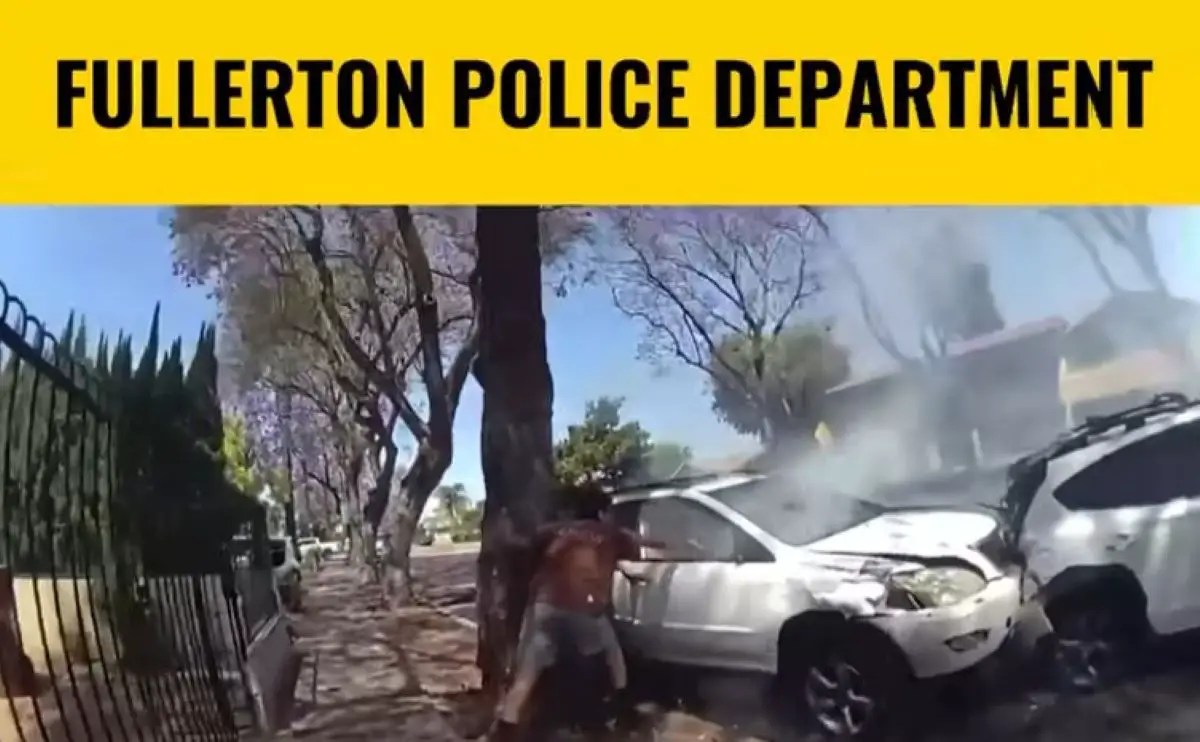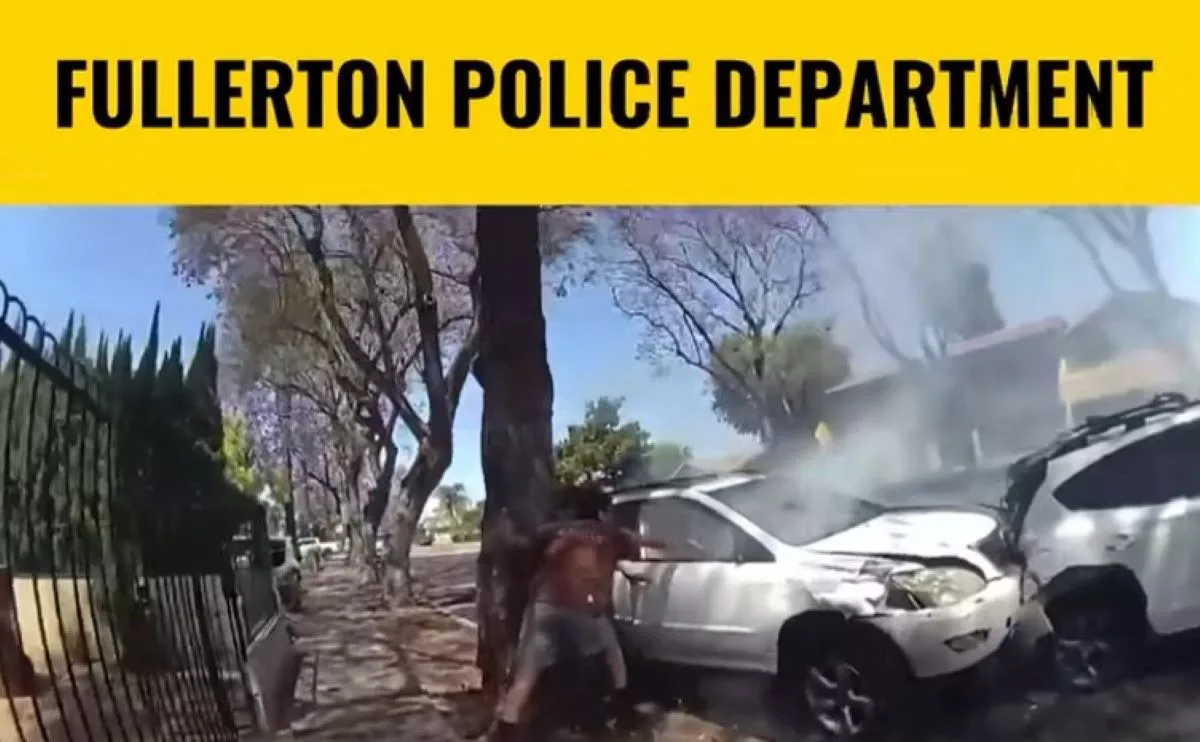
This post was originally published on this site
Last week, a Good Samaritan took quick action to assist a Fullerton Police Department officer after a vehicle caught fire due to a traffic collision on Valencia Ave.
The officer and the bystander worked together to pull the driver to safety before the Fullerton Fire Department and paramedics arrived.
[embedded content]
The driver, who was experiencing a medical emergency, was transported to a nearby hospital for treatment.
The Fullerton Police Department stated that “This event showcases the incredible spirit of our community and the willingness of individuals to step up in times of crisis.”

It’s difficult to provide an exact percentage of how often Good Samaritans help rescue victims of car crashes in the U.S. because comprehensive, nationwide statistics on this specific type of bystander intervention are not consistently collected and reported.
However, based on available research and general understanding of emergency response:
- Bystanders are often the first on the scene: In most traffic accidents, bystanders arrive at the scene before professional rescuers. This means they are often the first potential source of immediate aid.
- Bystander intervention occurs, but not always for first aid: While people often stop to help, the level of intervention varies. Some studies indicate that while many bystanders are present, only a smaller percentage actively administer first aid. For example, one study found that in 85-97% of accidents, bystanders arrived within the first few minutes, but only in about 11% of cases did they provide first aid. This same study noted that in 68% of cases, bystanders did not take any action and just watched.
- Willingness to help varies: People’s willingness to help can depend on several factors, including whether they have first-aid training, the perceived severity of the accident, and the presence of other bystanders (the “bystander effect” can sometimes lead to diffusion of responsibility).
- Good Samaritan Laws encourage assistance: All 50 states have “Good Samaritan” laws designed to protect individuals from legal liability when they offer assistance in good faith during an emergency. These laws aim to encourage people to help without fear of being sued, which theoretically should increase bystander intervention.
- Examples of impactful intervention: News reports frequently highlight instances where Good Samaritans have played crucial roles in rescuing individuals from burning vehicles, providing immediate medical aid, or simply calling for help and staying with victims until professional assistance arrives. These individual stories demonstrate the significant impact that bystander intervention can have.
While precise statistics are elusive, it’s clear that Good Samaritans do play a vital, though not universal, role in the aftermath of car crashes in the U.S. Their timely actions can be life-saving, especially in the critical minutes before emergency services arrive.


